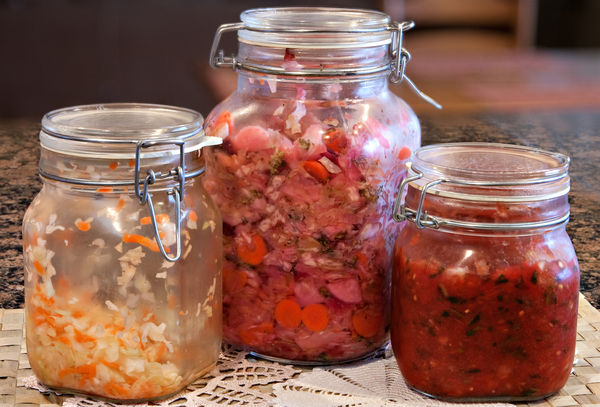The Local newsletter is your free, daily guide to life in Colorado. For locals, by locals.
“Free the Yeasts!” shouts the thin young man giving out samples of obscure funk-heavy soybean varieties at Cultured Colorado Festival. The tofu broker punctuates his cry with a raised fist and an almost Howard Dean-like scream. The event, which took place in mid-October, was a week-long fermentation festival sponsored by the Cultured Food Guild.
Like most burgeoning food cultures in this country, the fermented foods movement, also known as the probiotic movement, inspires extreme and even awkward passions. Probiotics emphasizes a diet rich in the live cultures and wild yeasts that are present in naturally fermented foods as a means to digestive health.

And like many American food trends that preceded it—including organic food, veganism, raw food, and gluten-free—the probiotic movement is at once a lifestyle, an approach to health, a magnet for progressive-minded entrepreneurs, an instrument in which to find bold new flavors, and a form of extreme sport. (If you were around in the ’80s, you might remember the craze for Cajun and Southwestern food, and the kind of culinary machismo it inspired in finding most stomach-burning, eye-watering chiles. Similarly, the IPA craze that began last decade with its race to produce the most puckeringly overhopped beer.)
The American palate, for so long a dog walked on a tight leash and led to a patch called sweetness, has roamed widely of late in search of ever more unusual flavors. As Todd Leopold of Leopold Brothers distillery recently told me, “Americans discovered savory 10 minutes ago. They discovered bitter five minutes ago.” And now, it seems we are discovering funky—and seeing how far we can push it. The tofu broker is giving out samples of natto, an odoriferous soy bean product that he compares, not inaccurately, to the notoriously smelly Limburger cheese.
Here and nationally, the fermented food movement is just hitting its stride thanks to the craze for sour beers brewed from wild yeasts, the popularization of kombucha, and the growing demand for products made from sprouted grains. America’s best food writer (Jonathan Gold) and most influential chef (David Chang) are both champions of Korean food, which is the most fermentation-heavy cuisine out there.
I asked Luther Green, operations manager for the Cultured Foods Guild, about the aims of the fermented foods movement. He says there are too many restrictive laws governing the production of naturally fermented foods. And he would know: Green advises small food-making businesses on complying with federal regulations. Probiotic foods, he says, are the perfect food for the artisan producer because fermentation doesn’t lend itself to large-scale manufacturing. “Probiotics,” Green concludes, “is the next step in the local and organic foods movement.”








